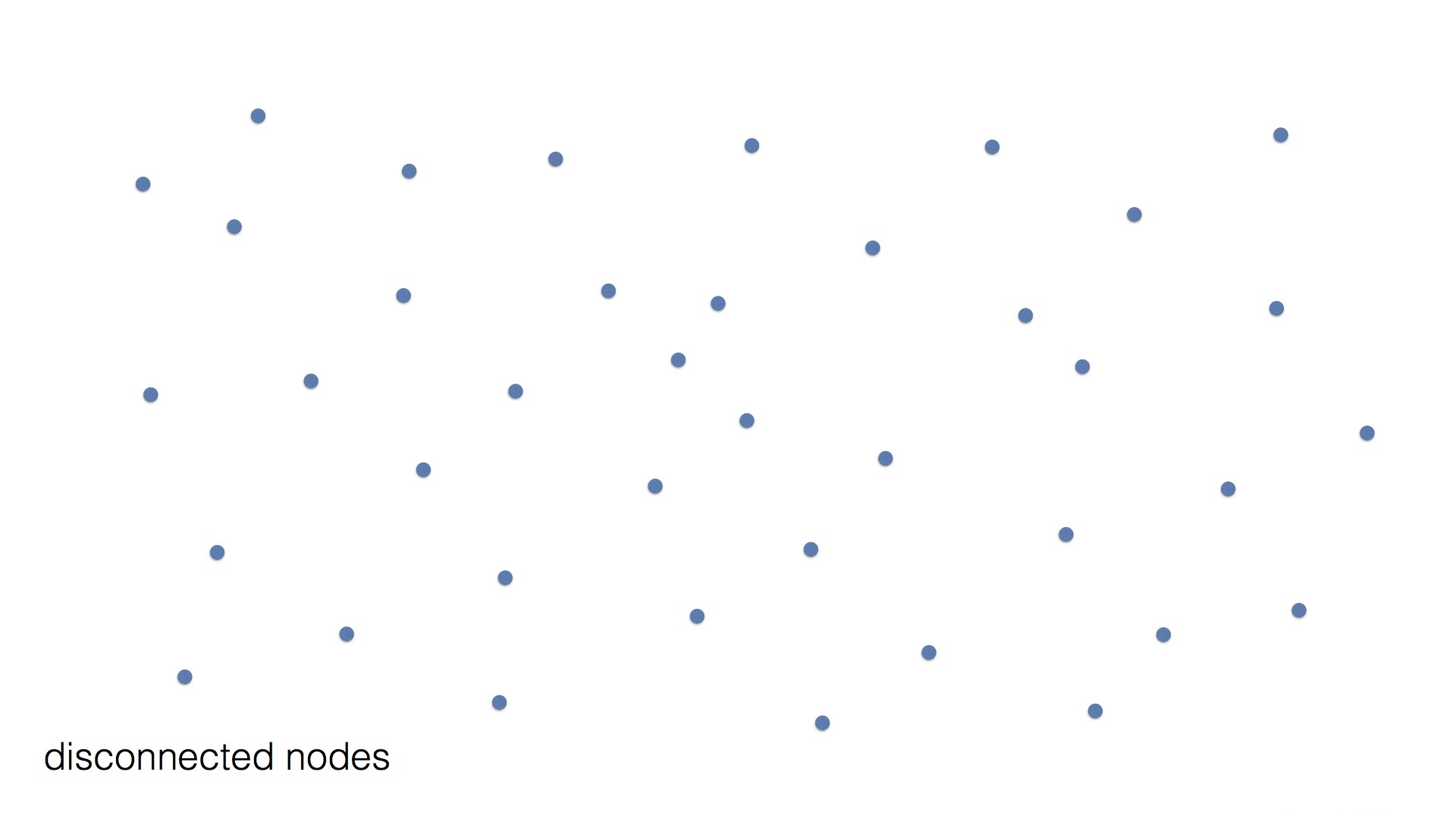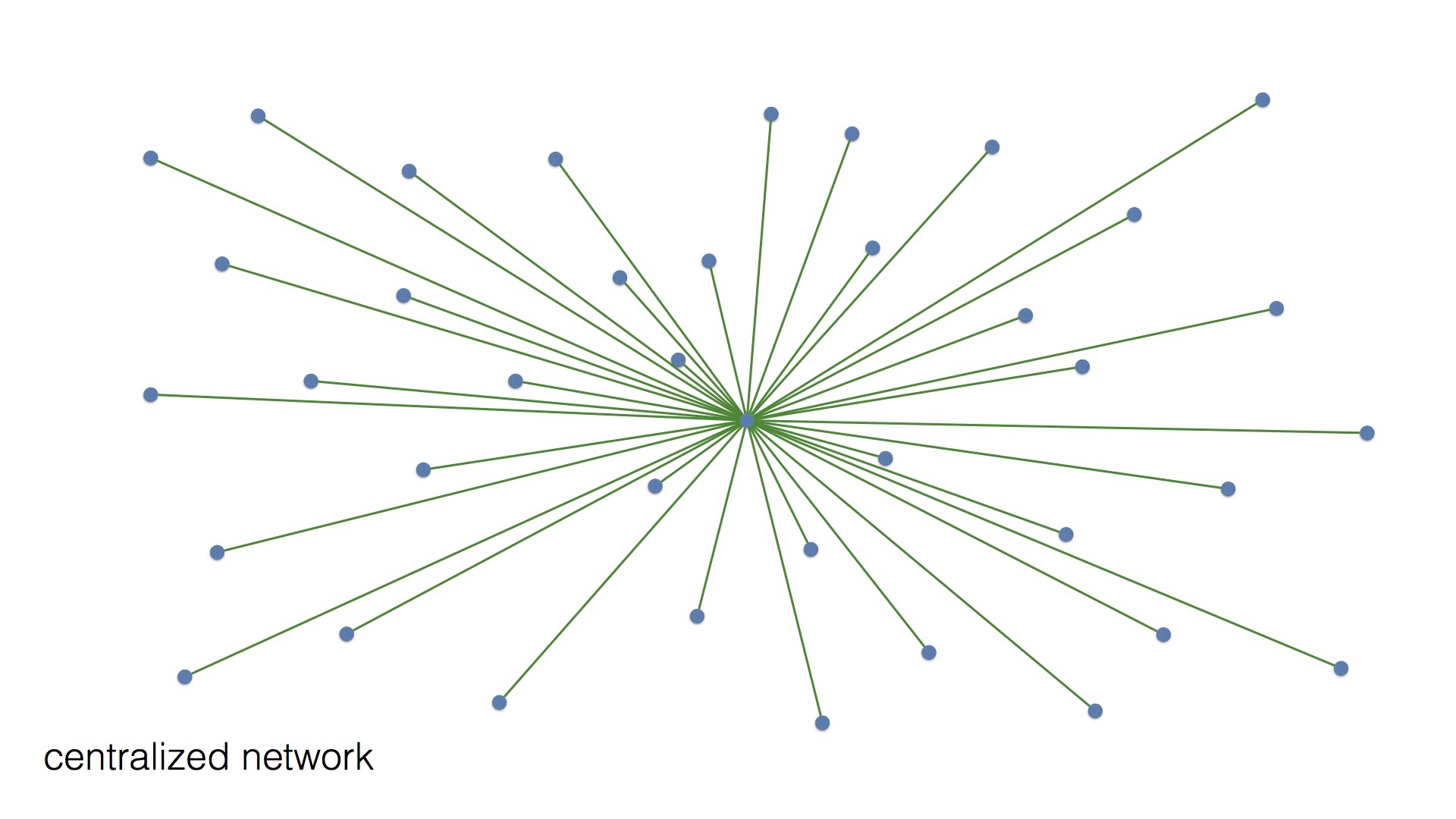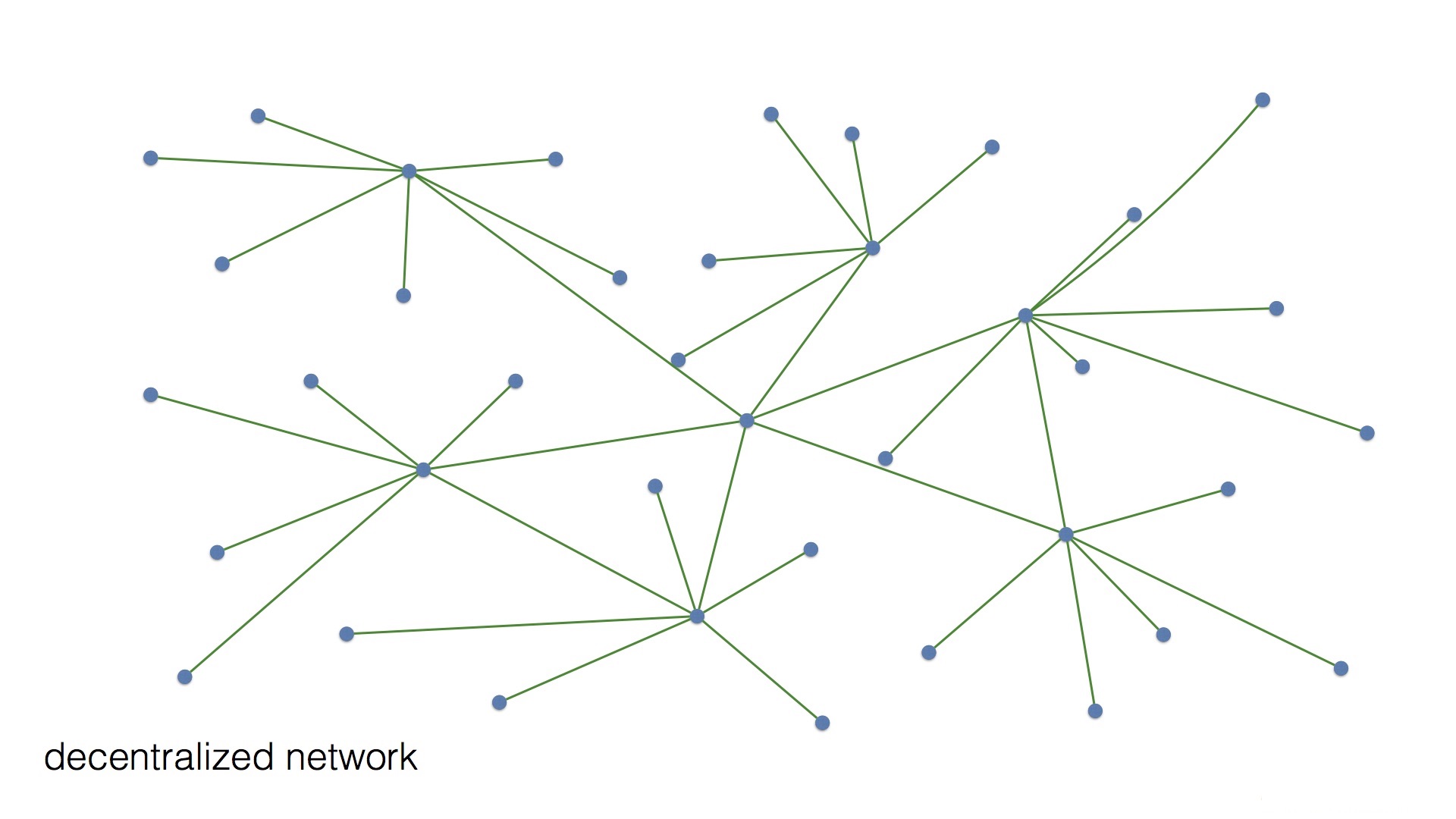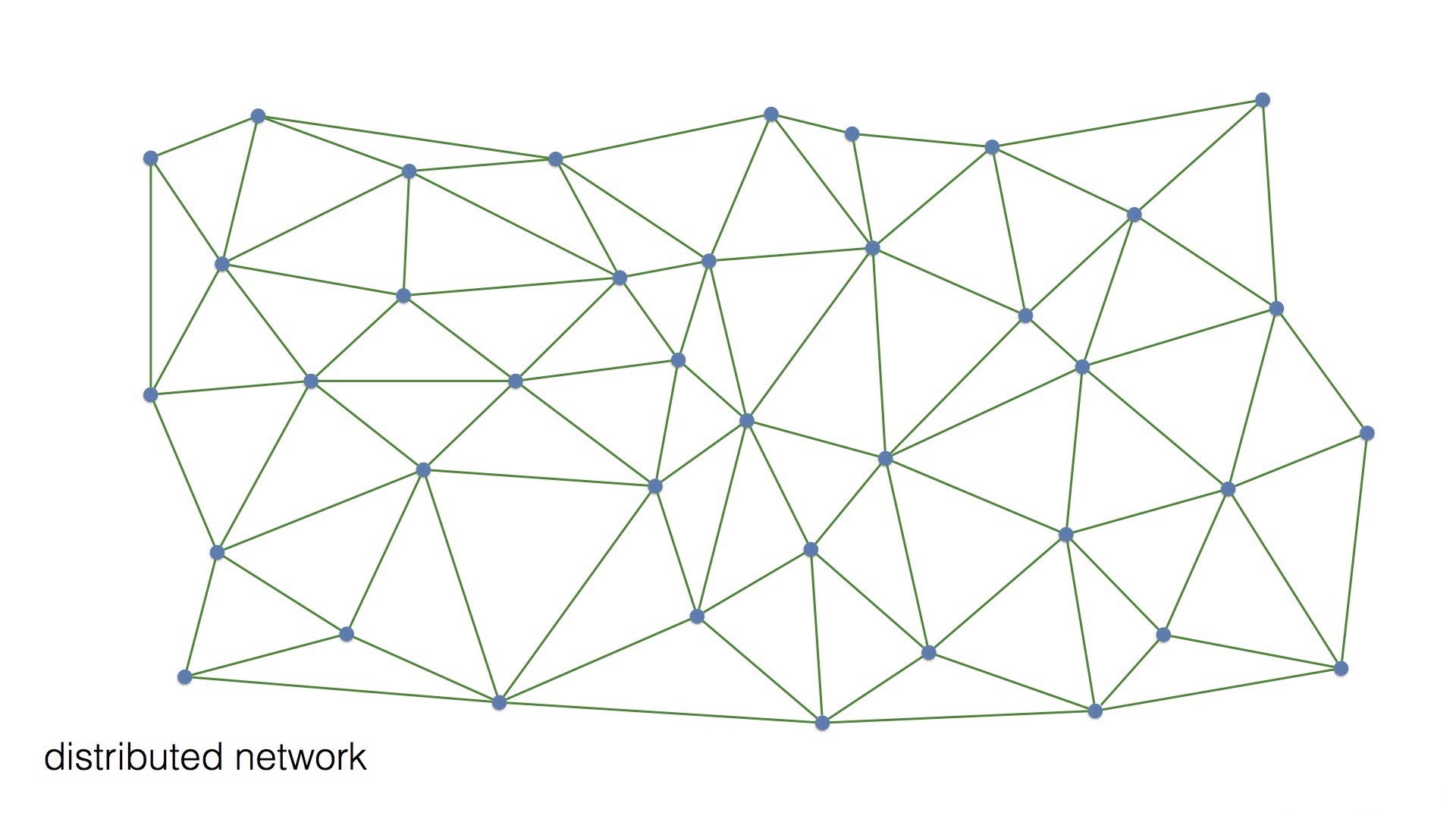Complex networks have unique topological features
A complex network is a type of network (graph) that is composed of many interconnected nodes that are characterized by their non-trivial topological features, such as highly connected nodes (called “hubs”), clusters of nodes, and multiple paths between nodes.
from Linked – Barabási, Frangos (2002):
With the realization that most complex networks in nature have a power-law degree distribution, the term scale-free networks rapidly infiltrated most disciplines faced with complex webs.
…
A network is considered scale-free [i.e., complex] if its degree distribution (the probability that a node selected uniformly at random has a certain number of links), follows a particular mathematical function called a Power Law. The Power Law implies that the degree distribution of these networks has no characteristic scale. In contrast, networks with a single well-defined scale are somewhat similar to a lattice in that every node has (roughly) the same degree.
…
Hubs appear in most large complex networks that scientists have been able to study so far. They are ubiquitous, a generic building block of our complex, interconnected world.
Different kinds of networks




#networks #complexity #systems
see also: